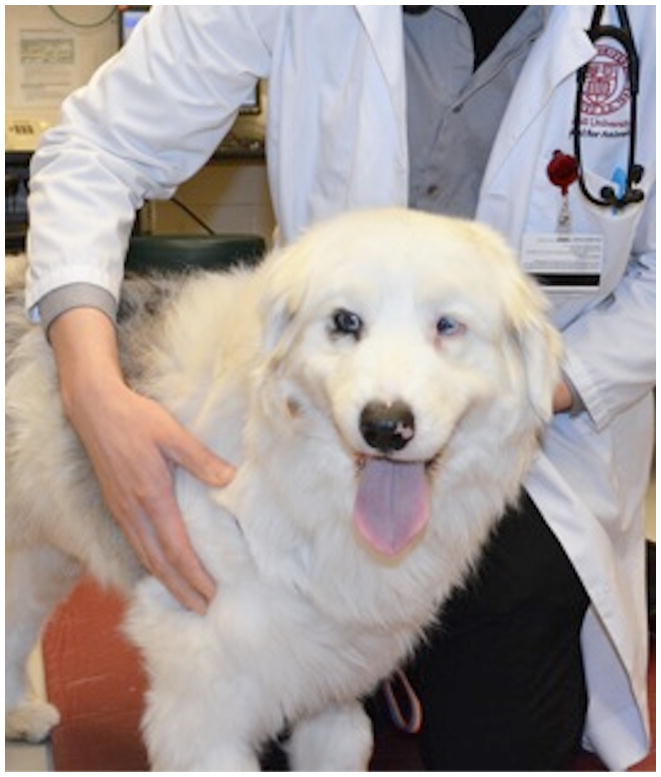Figure 3.
Similar to human medicine, canine patients like the one shown here presenting for lymphadenopathy at a veterinary hospital will undergo a complete work-up including a physical exam, complete blood counts and chemistry panels, imaging, fine-needle aspiration for cytology and flow cytometry, lymph node and bone marrow biopsy, and IHC. Treatment protocols are then selected based on clinical findings.

